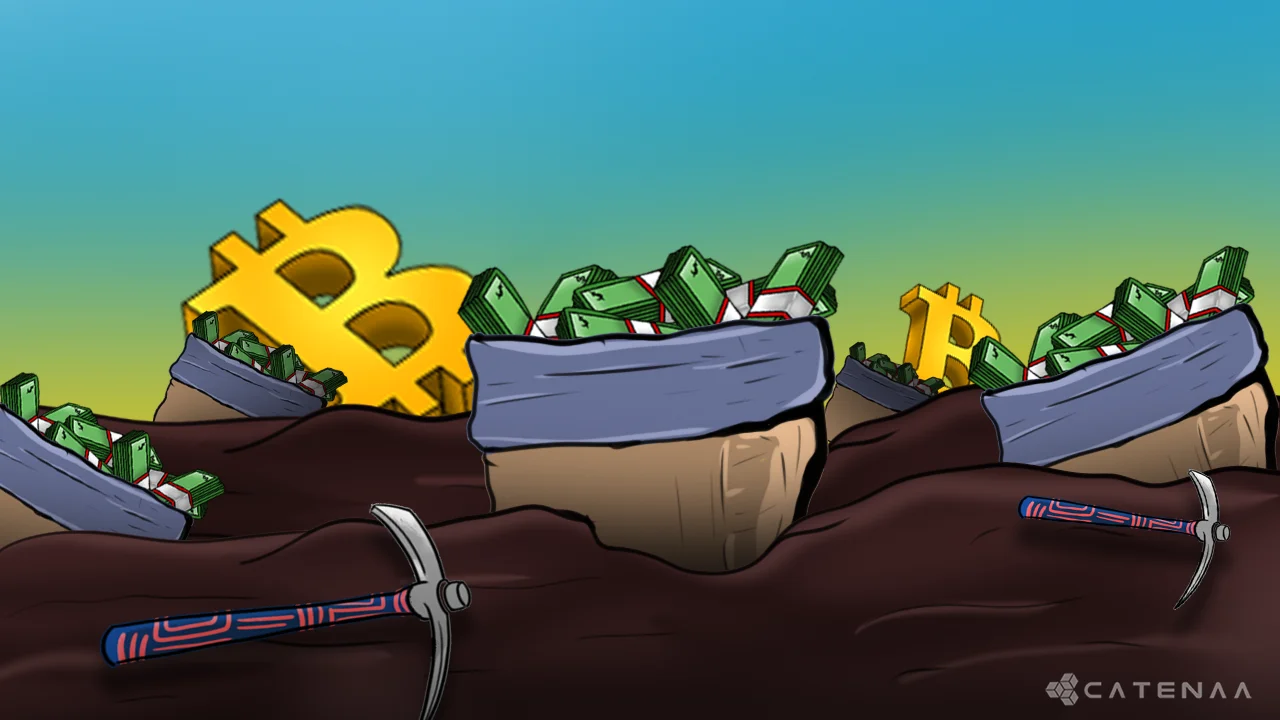New York , Tuesday, July 2, 2024 – Deepfake-fueled cryptocurrency scams are expected to surge by a staggering amount in 2024, with losses projected to double and surpass a colossal $25 billion, according to a recent report by Bitget Research. This alarming trend highlights the growing sophistication of cybercriminals and the urgent need for increased awareness and education among crypto investors.
The report cites a 245% increase in global deepfakes detected in 2024 compared to the previous year, with the cryptocurrency industry being a prime target. These scams often involve impersonating influential figures in the crypto space, such as Elon Musk or Michael Saylor, to promote fake investment opportunities or manipulate markets.
While the tactics themselves may not be entirely novel, the use of deepfakes adds a layer of believability that can be highly deceptive for unsuspecting victims. This underscores the importance of investors conducting thorough due diligence before committing funds to any crypto project or individual.
“Quantitative indicators of fraud involving deepfakes are inadequate for fully capturing the technological impact on the economic landscape. Consequently, this study examines the issue through absolute figures representing the losses suffered by victims,” the Bidget report said.
The report says that the cryptocurrency sector has historically underestimated the risks posed by deepfakes, resulting in incomplete data from 2017 to 2021.
It says that in order to provide a comprehensive analysis, this study includes data from 2022 and forecasts trends for 24 months, from Q1 2022 to Q1 2024.
“Since the beginning of 2022, losses from fraudulent operations involving cryptocurrencies have reached $79.1 billion. Analyzing the yearly dynamics from 2022 to 2023 reveals a general downward trend in these losses. These data are consistent with the study of total cryptocurrency value received by illicit addresses for 2018-2023 conducted earlier [1]. The preliminary conclusion about the decline in 2022-2023 comes from a small number of periods when considered by year. If we look at the quarterly cut (Fig. 2), the average losses for the period do not tend to be zero,” the report says.
The report can be read here.


